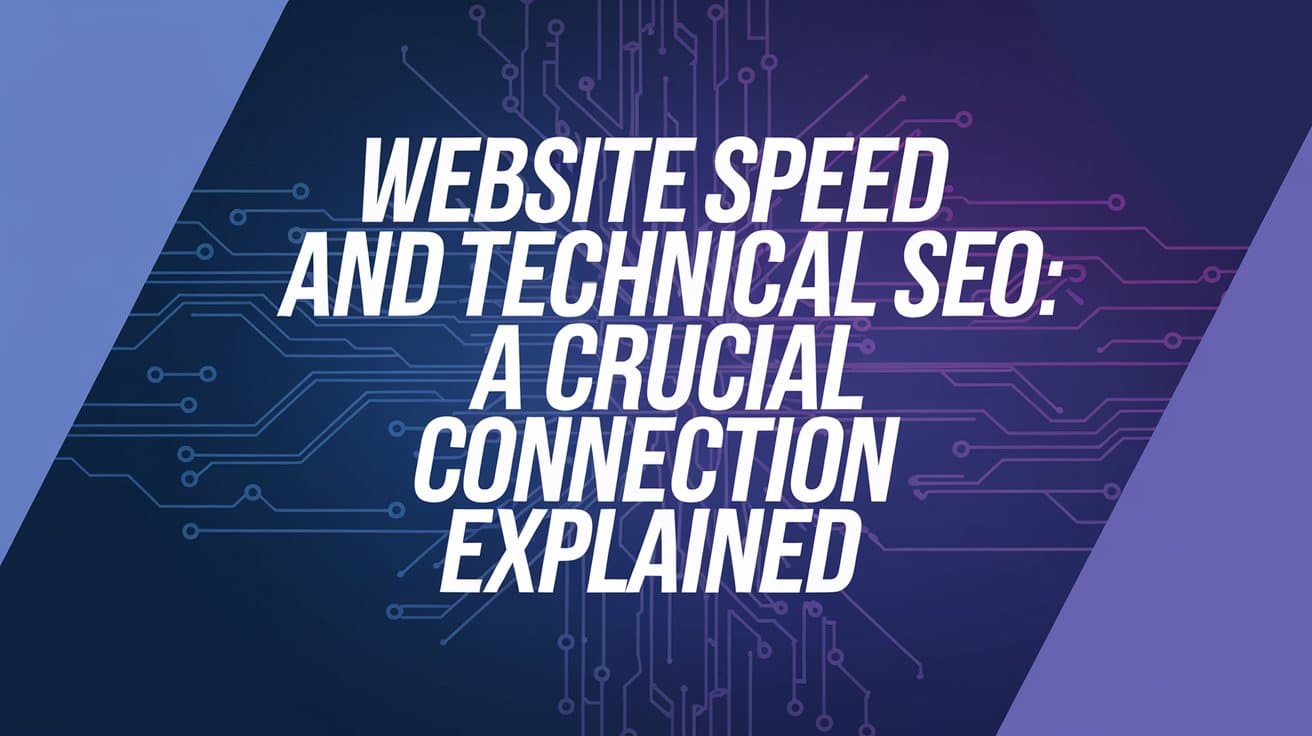Visuals play a crucial role in e-commerce conversion rates. The right visuals can help capture a customer’s attention, communicate the value of a product, and ultimately lead to a sale. In fact, research has shown that using high-quality visuals can increase conversion rates by up to 80% [1].
However, not all visuals are created equal. Poor-quality images, inappropriate placement, and slow loading times can all have a negative impact on conversion rates. For example, a study found that using stock photos can actually reduce conversion rates by up to 50% [2]. This highlights the importance of selecting the right visuals and optimizing them for the best possible results.
Overall, the impact of visuals on e-commerce conversion rates cannot be ignored. By understanding the role of visuals and implementing best practices for their use, businesses can improve their conversion rates and ultimately drive more revenue.
Understanding the Role of Visuals in E-commerce
Visuals play a crucial role in the e-commerce industry. They are essential for attracting customers, providing them with relevant information, and ultimately, converting them into paying customers. Visual content includes images, videos, infographics, and other forms of multimedia that help businesses to showcase their products and services in a visually appealing way.
One of the primary benefits of using visuals in e-commerce is that they can help to increase conversion rates. According to a study by the Association for Computing Machinery, visuals can significantly impact the conversion rate of items on e-commerce websites [1]. This is because visuals help to provide customers with a better understanding of the product, which can increase their confidence in making a purchase.
Visuals can also help to improve the overall user experience on e-commerce websites. They can make it easier for customers to navigate the website, find the products they are looking for, and make informed decisions. For example, using high-quality images can help customers to see the product in detail, which can increase their confidence in making a purchase.
Another benefit of using visuals in e-commerce is that they can help to build brand awareness and loyalty. By using consistent visual branding across all channels, businesses can create a strong brand identity that customers can easily recognise. This can help to build trust and loyalty, which can lead to repeat business and higher customer lifetime value.
Overall, visuals play a critical role in the e-commerce industry. They are essential for attracting customers, providing them with relevant information, and ultimately, converting them into paying customers. Businesses that invest in high-quality visual content can reap the benefits of increased conversion rates, improved user experience, and stronger brand awareness and loyalty.
[1] https://dl.acm.org/doi/abs/10.1145/2556195.2556226
The Power of Images and Videos
In the world of e-commerce, visuals play a crucial role in attracting and converting potential customers. High-quality product images and videos can make a significant impact on sales and conversion rates.
Images Influence on Conversion Rates
Images have a powerful influence on e-commerce conversion rates. Studies have shown that product images can significantly impact a customer’s decision to purchase a product. In fact, products with high-quality images have been found to have a 63% higher conversion rate than those without.
Furthermore, the use of multiple images from different angles can increase customers’ confidence in the product and reduce the likelihood of returns. E-commerce sites that provide zoom and 360-degree views of products have been found to have a 27% higher conversion rate than those that do not.
Impact of Product Videos on Sales
Product videos are becoming increasingly popular in the e-commerce world. They provide customers with a more immersive experience and allow them to see the product in action. In fact, studies have shown that product videos can increase sales by up to 144%.
Video content can also help to build trust with customers. Demonstrations of products can help customers understand the features and benefits of the product better. This increased understanding can lead to higher customer satisfaction and a lower rate of returns.
Visual Appeal and Emotional Connection
Visual appeal is also a crucial factor in e-commerce conversion rates. Customers are more likely to engage with and purchase products that have an emotional connection with them. The use of high-quality images and videos that evoke positive emotions can significantly impact a customer’s decision to purchase a product.
Furthermore, videos that tell a story or showcase the product in a unique way can create a more memorable experience for the customer. This increased engagement can lead to higher customer loyalty and repeat purchases.
In conclusion, the use of high-quality images and videos can significantly impact e-commerce conversion rates. E-commerce sites that provide customers with an immersive, emotional, and engaging experience are more likely to see increased sales and customer loyalty.
Optimising Visual Content for Conversion
Visuals are an essential aspect of e-commerce websites, and optimising them can significantly impact conversion rates. In this section, we will discuss some effective ways to optimise visual content for conversion.
A/B Testing for Visuals
A/B testing is a popular method to compare different versions of a website or a webpage. It is a useful technique to test variations of visual content to determine which one performs better in terms of conversion rates. By A/B testing images, videos, and other visual elements, e-commerce businesses can identify the visuals that resonate with their target audience and lead to higher conversion rates.
SEO and Visual Content
Search engine optimisation (SEO) is crucial for e-commerce websites to rank higher in search engine results pages (SERPs). Visual content can help improve the SEO of a website. The alt text, file name, and caption of images and videos can include relevant keywords that can help search engines understand the content of the website. Additionally, optimising image size and format can help improve website loading speed, which is another crucial factor for SEO.
Leveraging User-Generated Content
User-generated content (UGC) is content created by users, such as reviews, images, and videos. UGC can act as social proof and help build trust with potential customers. By showcasing happy customers and their experiences with the product or service, e-commerce businesses can leverage UGC to increase conversion rates. Additionally, UGC can help create a sense of community and engagement among users, which can lead to higher customer loyalty.
In conclusion, optimising visual content is essential for e-commerce businesses to increase conversion rates. A/B testing, SEO, and leveraging user-generated content are effective ways to optimise visual content and improve website performance.
The Impact of Visuals on Different Devices
Desktop Vs Mobile Devices
Visuals play a crucial role in the success of an e-commerce platform. The use of high-quality images and videos can significantly impact the conversion rates of an online store. However, the impact of visuals can differ based on the device used by the user.
Desktop users tend to have larger screens and higher resolutions, which means that they can view more detailed visuals. This can be an advantage for e-commerce platforms that offer high-quality images and videos. The use of zoom-in features can also be beneficial for desktop users as it allows them to view the product in detail.
On the other hand, mobile devices have smaller screens and lower resolutions which can impact the quality of the visuals. However, with the increasing use of mobile devices for online shopping, it is essential for e-commerce platforms to optimize their visuals for mobile devices. This can be achieved by using smaller file sizes for images and videos, which can improve the loading speed of the platform.
Moreover, the use of responsive design can ensure that the visuals are displayed correctly on different mobile devices. This can improve the user experience and increase the chances of conversion.
In conclusion, the impact of visuals on e-commerce conversion rates can differ based on the device used by the user. E-commerce platforms should ensure that their visuals are optimized for both desktop and mobile devices to maximize their impact on conversion rates.
Visual Commerce and Social Media
Social media platforms have become an integral part of e-commerce, and visual content plays a significant role in increasing conversion rates. Visual commerce is the use of images, videos, and other visual content to enhance the shopping experience and increase sales.
Influencers on Instagram
Instagram is a popular platform for visual commerce, and influencers play a crucial role in promoting products. Influencers are users with a large following who create content related to specific niches. Brands collaborate with influencers to promote their products to their followers.
Influencer marketing has proven to be an effective strategy for e-commerce businesses. According to a study by Hopper HQ, Instagram influencers with over 1 million followers can earn up to £10,000 per post. The study also found that influencer marketing generates a return on investment of £5.20 for every £1 spent.
Using Twitter for E-commerce
While Twitter is not primarily a visual platform, it can still be used for e-commerce. Twitter allows businesses to promote their products through tweets, and users can easily share these tweets with their followers.
Twitter also offers a feature called Twitter Cards, which allows businesses to add rich media to their tweets. Twitter Cards can include images, videos, and product descriptions, making them an effective tool for e-commerce businesses.
In conclusion, social media platforms are an essential part of e-commerce, and visual content plays a vital role in increasing conversion rates. Influencer marketing on Instagram and Twitter Cards are just two examples of how e-commerce businesses can leverage social media to increase sales.
Augmented Reality: The Future of E-commerce Visuals
Augmented Reality (AR) is a technology that superimposes digital images on the real world. This technology has the potential to revolutionize e-commerce visuals by allowing customers to see products in a virtual environment. AR can help customers to visualize products in 3D and provide them with a better understanding of the product before they make a purchase.
AR can also help to increase e-commerce conversion rates by providing customers with an immersive shopping experience. By using AR, customers can see how products will look in their homes or on their bodies before purchasing. This can help to reduce the number of returns and increase customer satisfaction.
One of the main advantages of AR in e-commerce is that it can provide customers with a more interactive and engaging shopping experience. AR can help customers to explore products in a virtual environment and provide them with a better understanding of the product’s features and benefits. This can help to build trust with customers and increase the likelihood of a purchase.
AR can also help to reduce the need for physical showrooms or stores. By using AR, e-commerce companies can provide customers with a virtual showroom that they can access from anywhere in the world. This can help to reduce costs and increase the reach of e-commerce companies.
Overall, AR has the potential to transform the e-commerce industry by providing customers with an immersive and engaging shopping experience. As technology continues to advance, we can expect to see more e-commerce companies adopting AR as a way to improve their visuals and increase customer satisfaction.
Conclusion
In conclusion, visuals play a significant role in e-commerce conversion rates. The use of high-quality images and videos can significantly improve the conversion rate of an e-commerce website. A study conducted by ACM Digital Library showed that the conversion rate of items using stock photos was higher than those not using them.
Moreover, the creation of dynamic visual objects can also enhance the conversion rate of advertising in e-commerce. A study by The Messenger revealed that improving the visuals of website pages can increase the conversion rate of advertisements in e-commerce.
However, it is essential to note that the use of visuals alone does not guarantee an increase in conversion rates. Other factors such as website satisfaction, purchase intention, and user experience also play a crucial role in determining the conversion rate of an e-commerce website. A study by Emerald Insight found that purchase intention, website satisfaction, and user experience are antecedents of conversion rates in e-commerce retailers.
Therefore, to achieve a high conversion rate in e-commerce, it is essential to consider all the factors involved in the user experience, including visuals, website satisfaction, and purchase intention. By doing so, e-commerce retailers can enhance their conversion rates and achieve their business goals.








